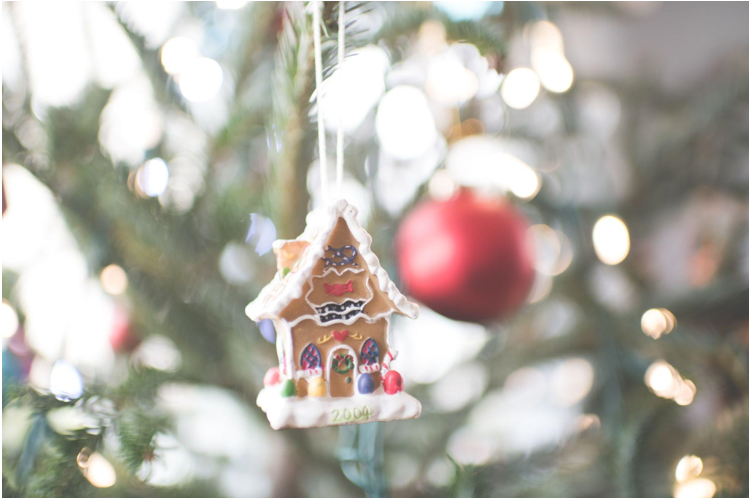
The Significance of Garlands in Weddings: From Dresses to Decor
The Traditional Garland in Weddings
Weddings are filled with symbolism and traditions that make the ceremony special and unique. One of the most prominent elements that add an aura of beauty and tradition to a wedding is garlands. Garlands are ornamental wreaths made of flowers, leaves, or vines used in various ways throughout a wedding ceremony. From the wedding dresses to the decor, garlands have always played an integral part in every wedding.
In traditional Indian weddings, garlands are made by the bride’s family and are exchanged between the bride and the groom during the ceremony. These elaborate and intricate garlands are made using jasmine, roses, and marigolds, considered auspicious and sacred. The exchange of garlands symbolizes the acceptance and love between the couple and marks the beginning of their journey together. The garlands are also worn around the necks of the bride and groom, adding to the stunning visual of their wedding outfits.
Modern Garlands in Weddings
Today, garlands have become more versatile and innovatively incorporated into modern weddings. Garlands are also used in minimalist and rustic weddings, where they are hung around the wedding arch or to line the aisle leading to the altar. Garlands have also become popular in boho-chic weddings, where they adorn the bride’s hair and as a bracelet to her wrist, adding a touch of whimsy and beauty to her wedding dress.
Besides representing a symbol of love and acceptance, garlands add a touch of nature to the wedding decor. Garlands adorned with ferns, branches, and vines are used as table runners, which provide a natural and organic feel to the wedding decor, adding to the beauty of the surroundings.
The Role of the Priest
In many cultures, the priest is pivotal in ensuring the garlands are prepared and exchanged correctly. The priest ensures that the garlands are made purely from natural materials, such as flowers and leaves, and are impure-free. In certain religions, the priest blesses the garlands before exchanging them, further adding to their sacred symbolism.
In conclusion, the significance of garlands in weddings is not just limited to their ornamental value. Garlands represent the love and union between the couple, beautify the surroundings, and reinforce the sacred nature of the ceremony. Be it a traditional Indian wedding or a boho-chic celebration, garlands have become essential in modern weddings, adding a touch of whimsy and nature to wedding dresses and decor.